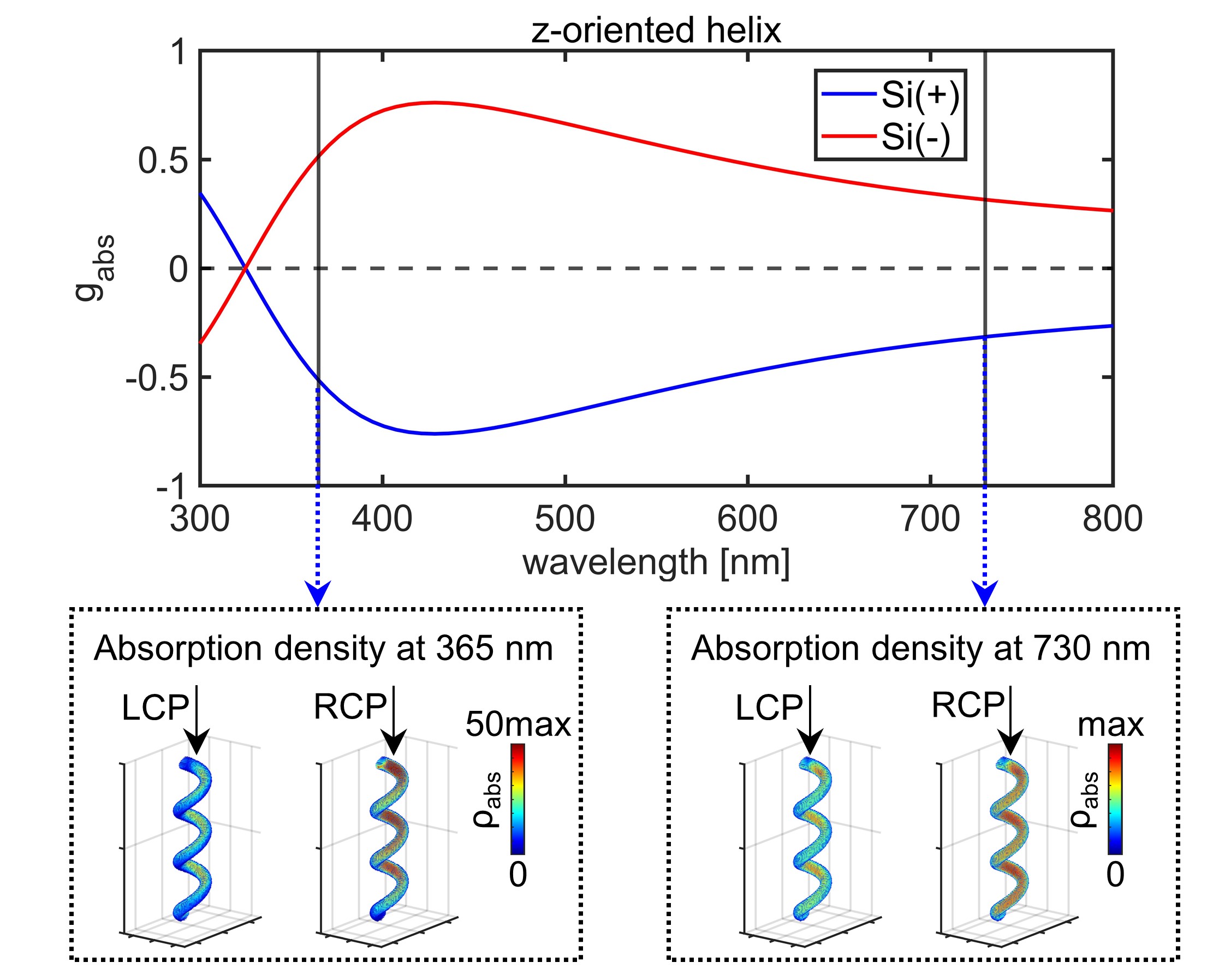MEASURING THE TWIST IN TINY HELICES: THE NON LINEAR TYNDALL EFFECT AND CHIRALITY

Chirality is omnipresent in the living world. Thus, there is a pressing need to develop general methods to characterize chiral building blocks at the nanoscale in liquids such as water─the medium of life. When the laser light passing through tiny particles is scattered at the second-harmonic frequency, the nonlinear Tyndall scattering can be used to probe chirality! This new nonlinear optical property has been discovered by an international team of scientists led by Prof. Ventsislav Valev at the University of Bath, in collaboration with Dr Emilija Petronijevic, researcher RTDa at the SBAI Department of Sapienza ICI, and corresponding author of the paper published in ACS Nano. Nonlinear Tyndall effect was studied in silicon helices with length of about 270 nm, which corresponds in size to some viruses, large exosomes and bacteriophages. This research takes the chiro-optical characterization to the next, “nonlinear” level over the useful Tyndall length scale, which is important in applications such as catalysis and medical therapeutics. The collaboration and the researcher’s mobility was supported by the PON Research and Innovation project 2014-2020 “Low-cost nanophotonics for green and sustainable chiral sensing”.




